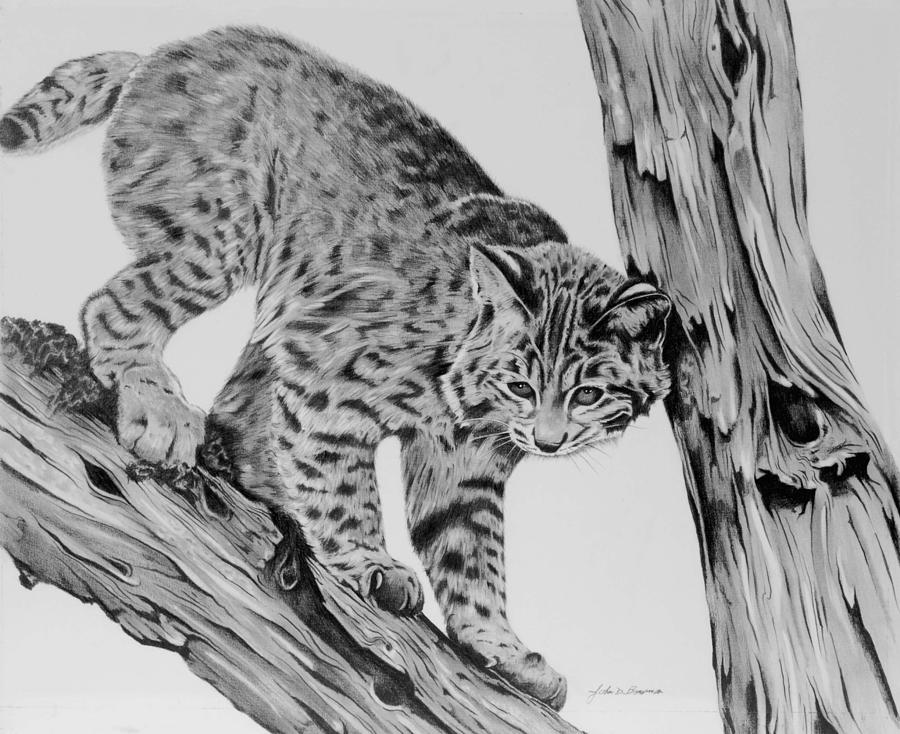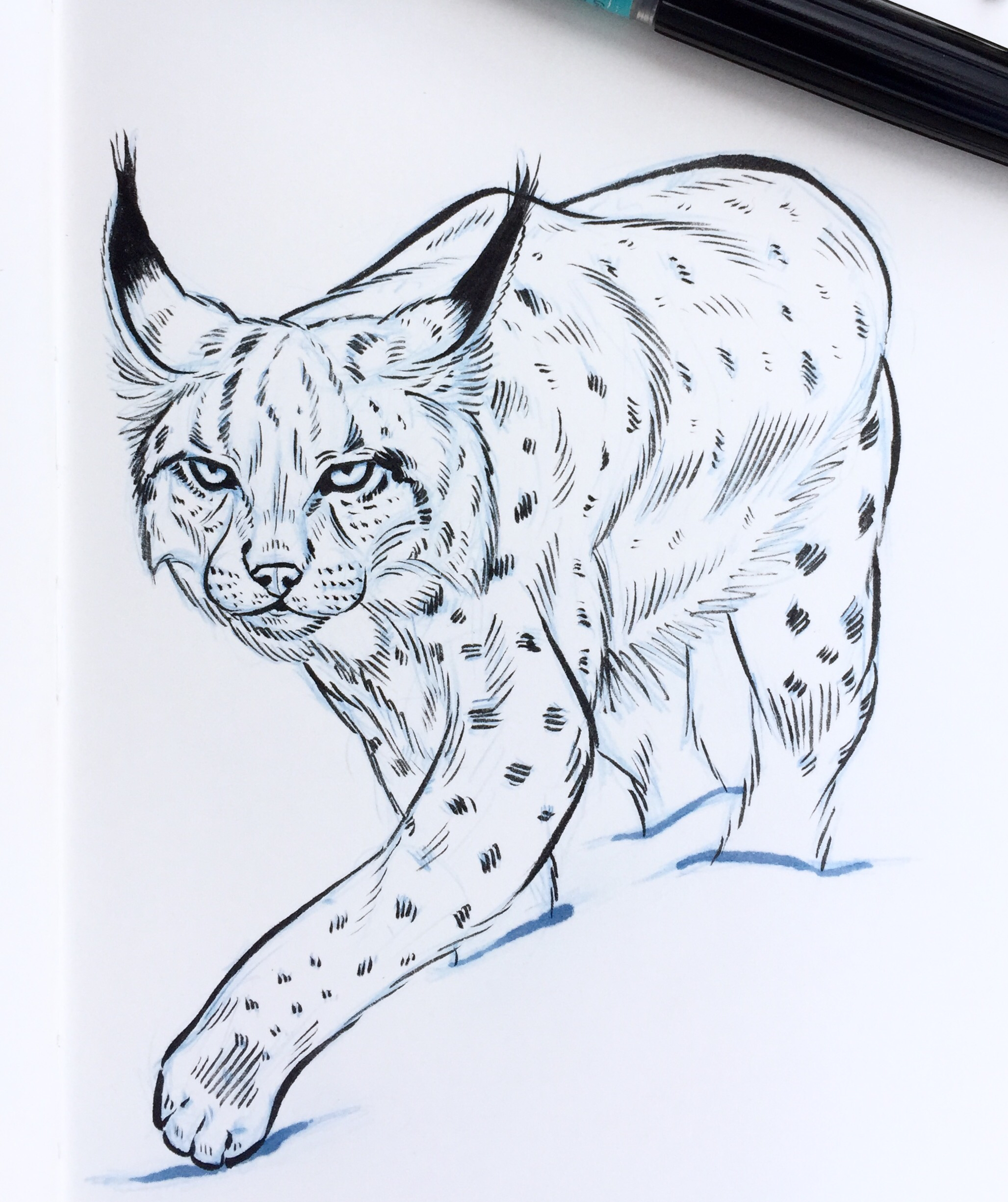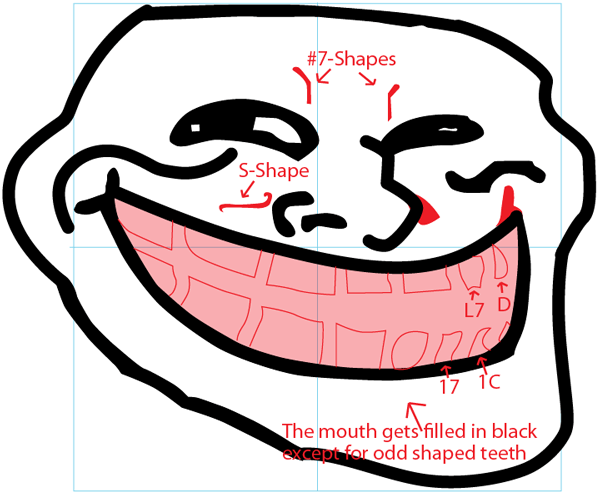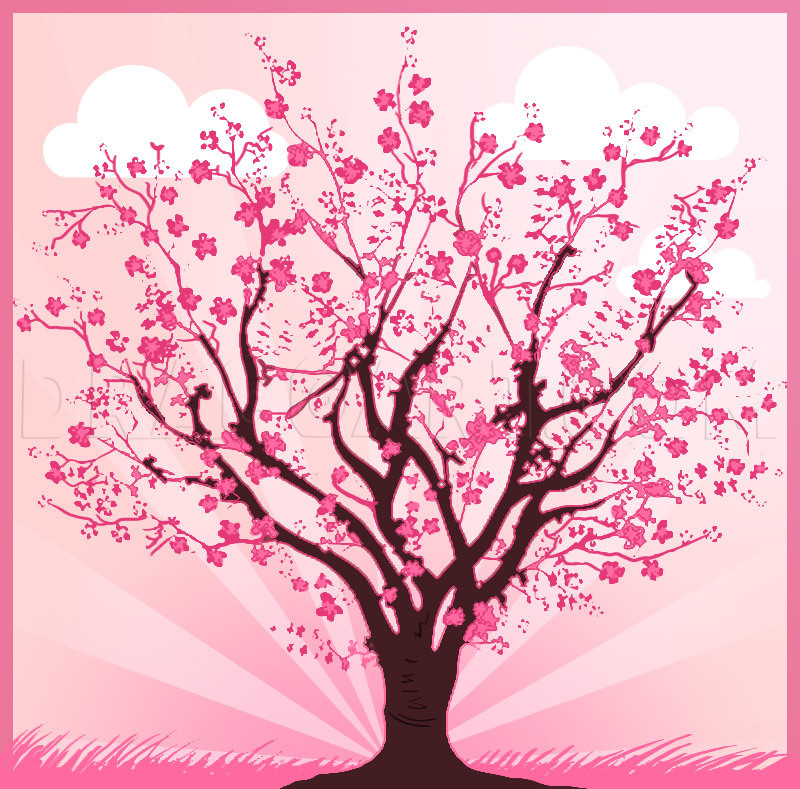Bobcat drawing bowman john drawings 13th uploaded september 2009 which fineartamerica
Table of Contents
Table of Contents
If you’re looking to learn how to draw a bobcat, you’re in the right place! Bobcats are an extremely popular subject in the art world, and with good reason. They’re beautiful, graceful animals that are incredibly fun to draw. Whether you’re an experienced artist or just starting out, learning how to draw a bobcat is a great way to improve your skills and create some stunning pieces of art. In this post, we’ll go over everything you need to know about how to draw a bobcat, from the basics to more advanced techniques.
The Pain Points of Drawing a Bobcat
Drawing any animal can be a challenge, but when it comes to a bobcat, there are a few things to keep in mind. One of the biggest challenges when drawing a bobcat is getting the proportions right. Bobcats have a very distinctive body shape, so it’s important to pay close attention to the size and placement of their various body parts. Another challenge is capturing the texture of their fur – bobcats have a unique, bristly coat that can be difficult to recreate on paper.
How to Draw a Bobcat
To start off, you’ll want to gather some reference material. Look up photos of bobcats, paying attention to both their body shape and the texture of their fur. Once you have a clear image in your mind, start with some basic shapes to build up the bobcat’s body. You can use circles for the head and body, and cylinders for the legs. Remember to pay attention to proportions, and adjust as needed. Once you have a basic outline of the bobcat’s body, start adding in details like the ears, eyes, and nose. Then, fill in the texture of the fur, using short, quick strokes to create the illusion of bristles.
Summary of How to Draw a Bobcat
In summary, learning how to draw a bobcat takes practice and patience. You’ll want to start with some basic shapes to outline the body, focusing on getting the proportions correct. From there, add in the details like the face and fur texture. It’s important to take your time and pay attention to the details, as getting those right will make all the difference in your final drawing.
Target: How to Capture the Expression of a Bobcat
One of the most important aspects of drawing a bobcat is capturing their expression. A bobcat’s face is very expressive, showing a wide range of emotions depending on their mood. To capture this in your drawing, it helps to spend some time observing bobcats in the wild, or looking at photos of them. Take note of the shape of their eyes, the position of their ears, and the curve of their mouth. These details can make a big difference in the overall mood of your drawing.
Target: How to Draw a Bobcat’s Movement
Another fun aspect of drawing a bobcat is capturing their movement in your drawing. Bobcats are incredibly fast and agile, and they move with a grace that is unique to them. To capture this in your drawing, try experimenting with different poses and positions. Look up photos of bobcats running, jumping, and climbing, and try to capture those poses in your drawing. Pay attention to the placement of the legs and the curve of the body, as well as the overall flow of the movement.
Drawing the Bobcat’s Habitat and Environment
When drawing a bobcat, it’s important to consider their habitat and environment. Bobcats live in a variety of different settings, from forests to deserts, and their surroundings can play a big
Gallery
Bobcat Drawing By John Bowman | Fine Art America

Photo Credit by: bing.com / bobcat drawing bowman john drawings 13th uploaded september 2009 which fineartamerica
How To Draw A Bobcat - Really Easy Drawing Tutorial

Photo Credit by: bing.com / bobcat
How To Draw A Bobcat - Really Easy Drawing Tutorial

Photo Credit by: bing.com / bobcat bobcats lynx
Bobcat Face Drawing At GetDrawings | Free Download

Photo Credit by: bing.com / bobcat drawing face getdrawings
How To Draw A Bobcat - Really Easy Drawing Tutorial | Drawing Tutorial

Photo Credit by: bing.com / bobcat easydrawingguides




